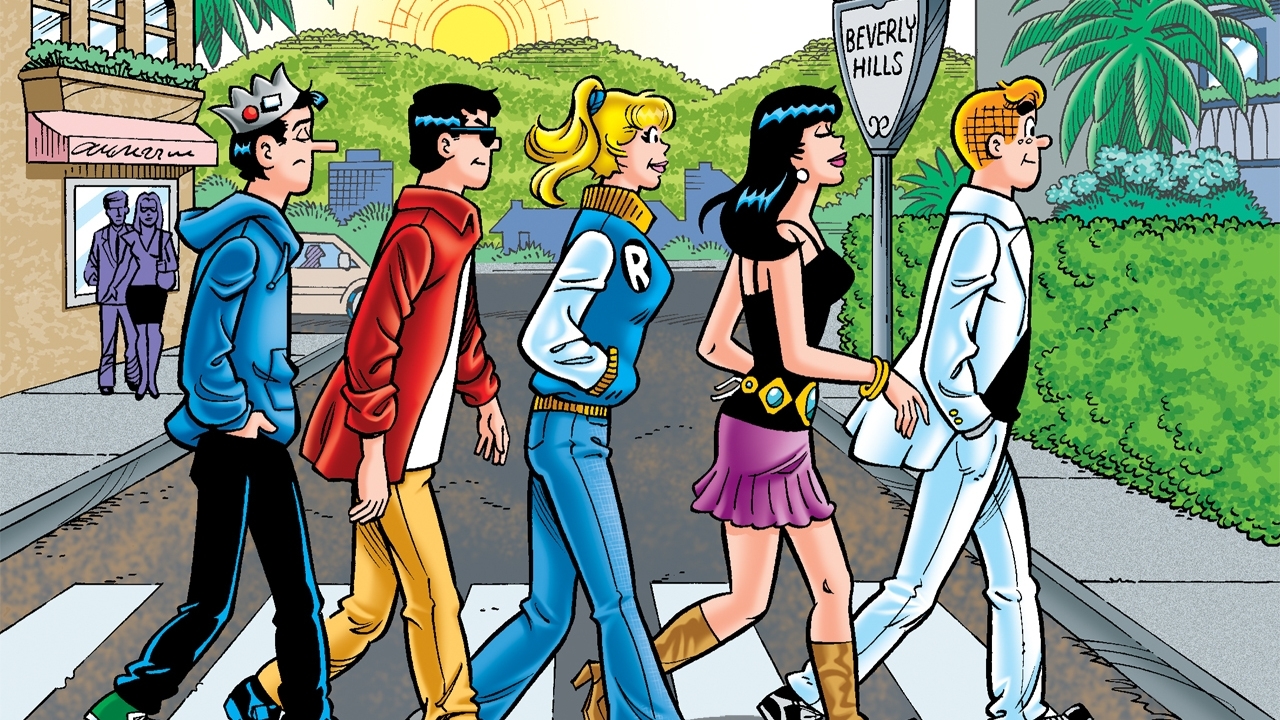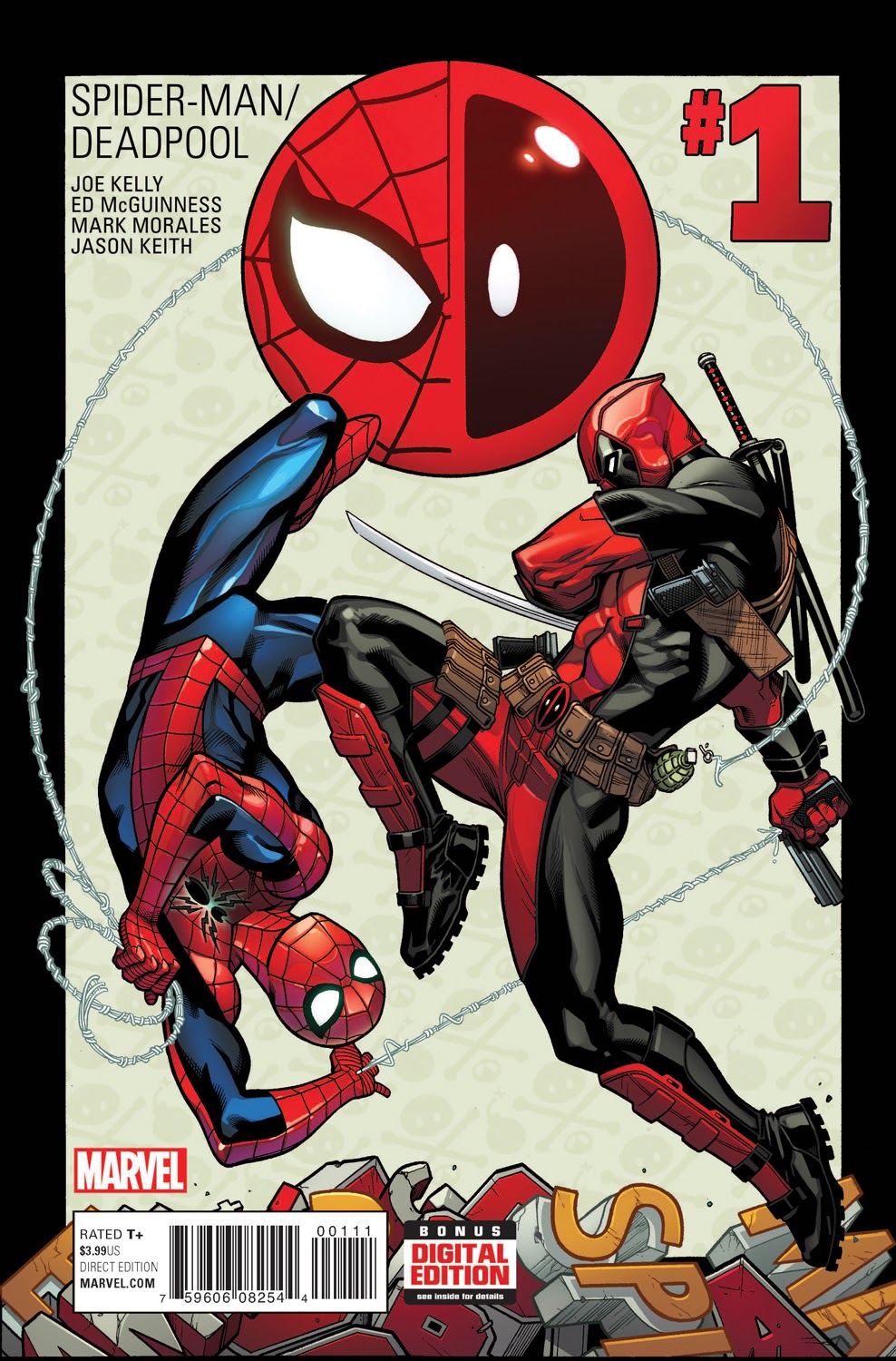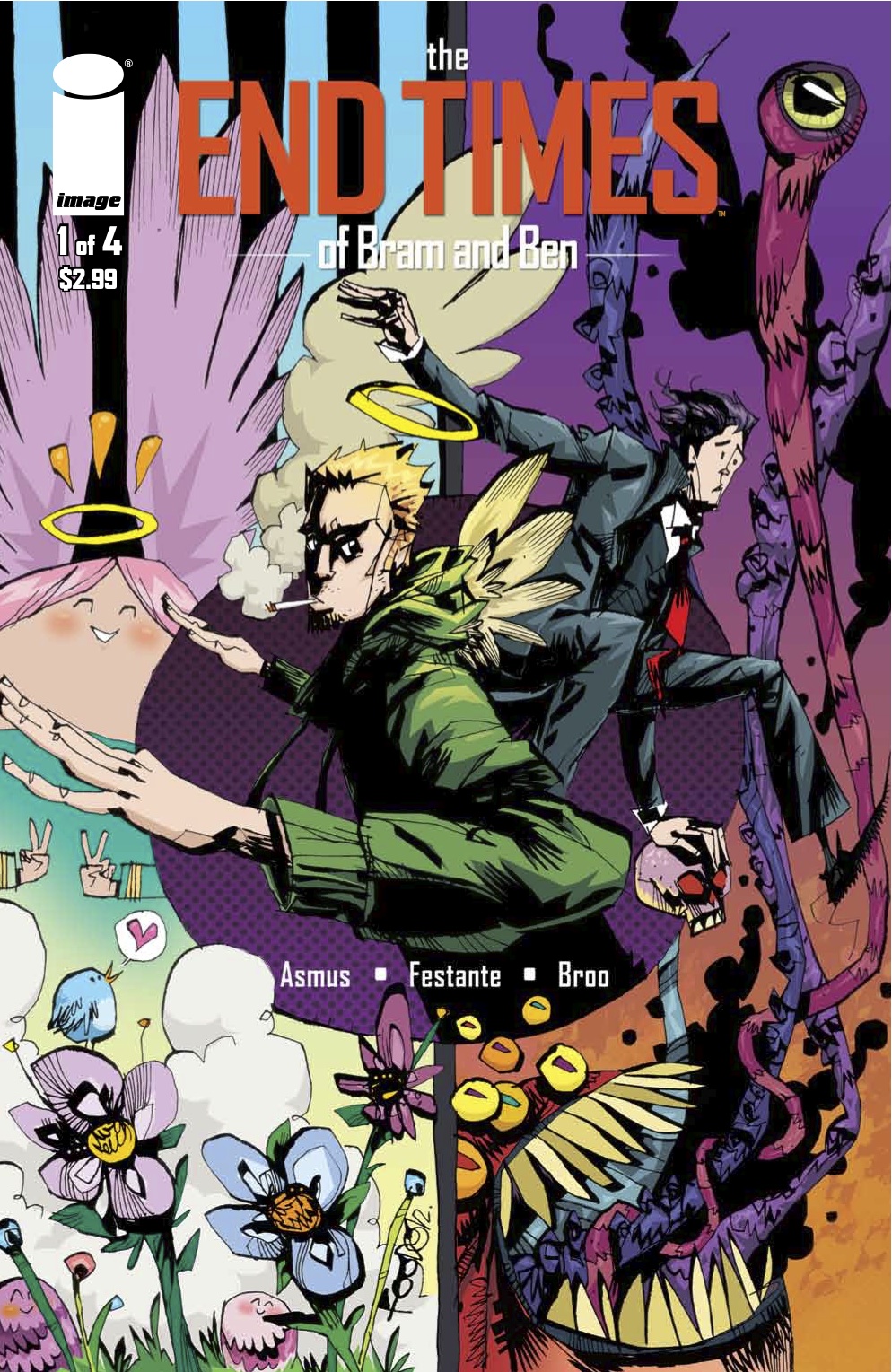Mara Wood is a school psychology doctoral student at the University of Central Arkansas. Her research focus is on the educational application of comics as well as their use in therapeutic settings with children and adolescents. She is a regular contributor for Talking Comics, a co-host on The Missfits podcast, and writes about psychology, comics, books, and Dungeons & Dragons on her personal blog. You can find her on twitter as @MegaMaraMon
Maria Werdine Norris is a final year PhD candidate at the London School of Economics and Political Science. Her research is on British Counter-terrorism strategy and legislation, with a focus on nationalism, security and human rights. You can find her on Twitter rambling about comics, human rights and magical girls as @MariaWNorris
Last night, at the request of artist Rafael Albuquerque, DC made the decision to pull the controversial Joker Batgirl variant. In its statement regarding cancellation, DC indicated that threats of violence and harassment had been made regarding the cover. Soon after, both Cameron Stewart and Rafael Albuquerque have confirmed that the threats and harassment were directed at those objecting to the cover. If anything, the threats and harassment have increased since DC’s announcement, which further confirmed the twinge of fear most women felt when they saw that cover.
For you see, we are all Barbara Gordon. Her terrified eyes could easily have been my eyes or the eyes of the women in our life. As women, we are constantly aware of our vulnerability. Walking home alone in the dark, not talking to strangers, having your friends always know where you are, crossing the road if a man is walking behind you, and constantly checking over your shoulder. These actions are not a result of paranoia but of our constant immersion in a culture of violence against women. Just the other day, a pregnant woman was beaten for not thanking the man who opened the door to her. The ongoing twitter movement #yesallwomen brings to light how women live in fear. Further, the Everyday Sexism Project has tirelessly document the countless ways women are harassed and threatened on an everyday basis.
Both the artist and DC stated they were making a homage to Alan Moore’s The Killing Joke and there is no denying how pivotal a story that is. Moore captures the terror of the Joker through his use of Barbara to break Commissioner Gordon. It is a look at how insane, perverted, and antisocial the Joker is. However, The Killing Joke is also an integral example of fridging: the use of violence against women in comic books to further the development of male characters. Because whatever your opinion of Moore’s story, Barbara is sexually assaulted for the sole purpose of tormenting Batman and Commissioner Gordon. Barbara was shot in the spine, stripped of her clothes, and photographed while in agonizing pain against her will.
Barbara cannot heal from this horrifying moment because it is constantly brought up in her comics. And this is problematic, because The Killing Joke is an example of the normalization of violence against women in the medium. As Jeffrey Brown, author of Dangerous Curves: Action Heroines, Gender, Fetishism and Popular culture argues, The Killing Joke is an example of the inherent misogyny of the male-dominated comic book industry.
Joker’s actions against Barbara have plagued her ever since the comic was first published. As Oracle, she lived with the daily, physical reminder of the worst moment in her life. With the reintroduction of the New 52, DC had the opportunity to alter Barbara’s history to reflect a more progressive background. Instead, they capitalize on the horror she faced and continually presented a darker version of the character who lives in fear of a madman. Gail Simone, writer of the rebooted New 52 Batgirl, recognized the impact of the Joker on Barbara, but wanted to show a woman who was able to inspire others in spite of her traumatic past.
The Batgirl of Burnside turned Barbara’s past into, well, the past. She’s moved on, decided to live as normally as possible. In a recent interview with 3 Chicks on Comics, Brenden Fletcher, current co-writer of Batgirl, states that it is time to move past Barbara’s relationship with the Joker as far as storytelling. Cameron Stewart, the other co-writer of the series, has taken to twitter to discuss the implications of the cover in terms of the audience Batgirl is written for and why he and the team are united in stating the cover is inappropriate.
https://twitter.com/cameronMstewart/status/577640395980607488
But because it is isolated from The Killing Joke and bears no relation to the current Batgirl story, this cover arguably does more damage than Moore’s original story. The cover reduces Barbara’s trauma and real life violence towards women, into art.
DC, in response to the controversy and outrage of the cover – and the wishes of the artist – recognized the inappropriateness of the Joker variant. This is where we see growth in the industry. Removing the cover is not an act of censorship. It is a mature reaction to a damaging image of a popular character who is moving beyond a harmful moment in her story. It is an act of empathy towards all of those who felt the cover hit too close to home. No one is dictating what books you can read. No one is stopping you from regarding that story as one of your favorites and the cover as beautiful. Instead, we are trying to make you understand why many women have a problem with the cover and with The Killing Joke in general. It reminds us of the constant ways we are objectified, dehumanized and attacked even in the medium and community we love. It reminds us that we are all Barbara Gordon, in that no matter how hard we try, someone will always drag us back to a place where we are being attacked.
The comics community at Talking Comics have been exceptional in trying to understand different points of view. But there have been over-the-top reactions on twitter against fans who publically clarify the reasons why the Batgirl Joker variant is harmful towards women. If your response to complaints about a cover depicting violence against women is to threaten violence against women, then you are only proving the point that misogyny is alive and well in our community. We are lucky as female comic book fans to have a place like Talking Comics to safely explain why this particular cover is inappropriate for some readers. But it is a shame that recent events have left us once again facing exactly why it is so hard to be a female comic book fan.
When I am done making comics, I hope it is very clear that I wanted to be on the side that was for INCLUDING people, not excluding them.
— Gail Simone (@GailSimone) March 15, 2015











